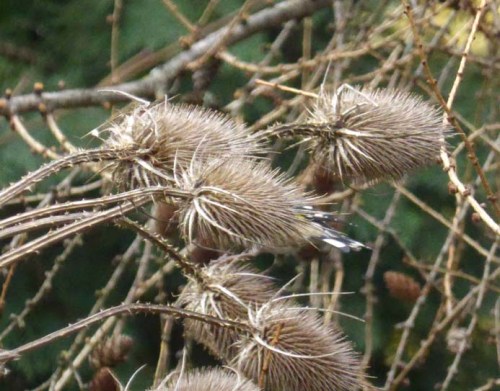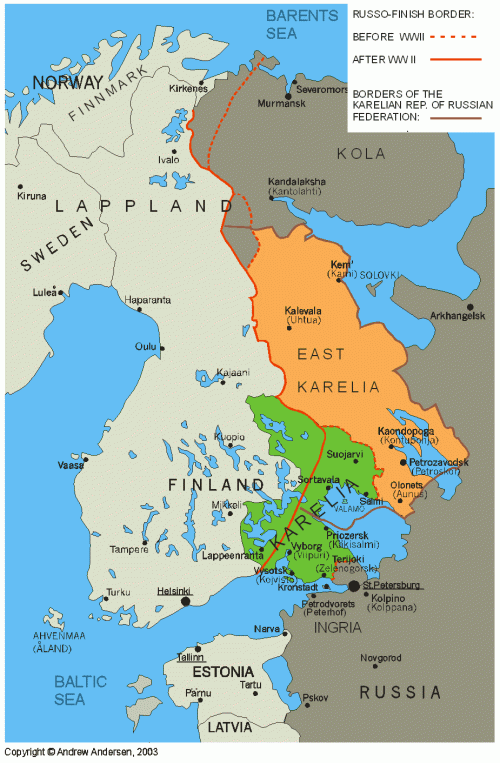Years ago I wrote a worldwide best-selling book about the history of football in the High School from 1870-1914.(Just kidding). In the foreword, I revealed the identity of the Old Boy who had won an Olympic Gold Medal for the United Kingdom at Association Football. I made public which Old Boy had scored more goals in a single F.A.Cup tie than any other player in the history of the competition. I listed the eight Old Boys who had played international football for England. I recalled the Old Boy whose refereeing in an F.A.Cup tie led the F.A. to introduce the concept of the neutral referee, an idea which has spread worldwide since that biased performance. I described an occasion when the High School goalkeeper let in the winning goal as a protest against the refereeing of the game, and the day when the referee refused to give a penalty because “penalty kicks were unknown in amateur football”. The reader could find out which team lost 0-13 and did not get the ball into the opposition half at any point during the game. In another fixture, against Nottingham Asylum, “the presence of so many lunatics unnerved the school team, for it did not come up to its normal form.” I remembered the day when “The School Six defeated the Masters by three goals to one. The masters, who, like Hamlet, were somewhat “fat and scant of breath”, then demanded to play two fat men extra, to compensate for their want of nimbleness. This unfortunate challenge was accepted, and the School won again by ten goals to one.”
Overall, this book provided many examples of extraordinary, and, indeed, often amusing events on the football pitches of Victorian and Edwardian England.
When I first started my researches, looking through issue after issue of, firstly, “The Forester’, and then “The Nottinghamian”, it seemed that this would ever be the case. Here was a football spectators’ paradise, where goals rained into the net in every single game, as Leicester Wyggeston School were beaten by 23-0 on two separate occasions. Deadly goal poachers scored hat tricks past defenders made slow-witted by heavy leather boots, and referees, and their decisions, grew ever more eccentric by the year.
My suspicions, though, were initially aroused by the story of William Norman Hoyte who was at the High School from 1904-1913, when he won an Open Scholarship to Jesus College, Cambridge to read Natural Sciences. William represented his college at rowing and appeared in the Second May Boat. His studies, and his rowing, though, were interrupted by his military service as a Lieutenant in the Sherwood Foresters in the Great War. He was a very brave young man and won the Military Cross twice. When he returned to Jesus College in 1919, though, he was unable to continue with his rowing. After the appalling carnage of the Great War, William Norman Hoyte M.C. and Bar was Jesus College’s only remaining rower from the pre-war years. All the rest had been killed.
Morbid curiosity then caused me to wonder what were the eventual fates of those familiar names whose footballing deeds were recorded in perpetuity in their School Magazine, especially those who would have been of an age to have been sucked into the flesh shredding maelstrom of the Great War. where, on average, every single metre of trench was to be hit by a total of one ton of explosives. What I found, quite frankly, astounded me, and I do not feel that any reader, safe from harm, here at the beginning of the twenty first century, can begin to comprehend either the numbers of men involved in this war, or the enormous casualties which the nation suffered.
During the Great War, for example, British forces lost 887,711 men killed and 1,663,570 men wounded. Of these 118,941 were officers. The British Empire had casualties of 1,244,589, with French deaths counted at 1,737,800. Italy lost 1,737,800 me killed and the Russians 3,394,369. Germany had 2,800,720 killed, the Austro-Hungarian Empire 2,081,200 and the Ottoman Empire 3,271,844. The United Kingdom lost as many as 2.20% of its total population, the French 4.39% and the Germans 4.32%.
In individual battles, the loss of human life could be even more astounding. On the first day of the Battle of the Somme, on July 1st 1916, the 8th Division lost 218 of its 300 officers at Ovillers in just two hours. Of 8,500 other ranks, 5,274 men perished. On this single day, the total casualties of the British Army were 57,470 men. German casualties were just over 300. In the first three days of the Battle of the Somme, the average daily casualties per division were 101 officers and 3,320 men. During the second week, 10,000 men a day were lost, and for the remaining four or five months of the campaign, casualty rates were in the range of 2,500 men per day. Overall, this battle was to cost the lives of 420,000 British and Commonwealth troops, with a total of 220,000 French casualties. German losses remain unknown but were at least 450,000, and may have reached 600,000. In the photograph below, the tiny squares are all graves:
Nor is this necessarily an isolated set of statistics. In the Second Battle of Ypres, in April 1915, the 149th Brigade lost over three quarters of their complement, a total of some 42 officers and 1,912 men. The 10th Brigade more or less ceased to exist, losing 73 officers and 2,346 men. In the Third Battle of Ypres, between August and November 1916, British infantry repeatedly advanced against German machine gunners, with casualties totalling 244,897. On the second day of the Battle of Loos, twelve battalions, numbering some 10,000 men, attacked the German machine guns. In just over three hours, 385 officers were lost, along with 7,681 men. On July 31st 1917, when the 1/1st Hertfordshires attacked the Langemarck Line, every single officer was a casualty and eleven of them were killed. The other ranks suffered 459 casualties and drafts of men had to be made to rebuild the battalion. Not until May 1918 was the 1/1st Hertfordshire Regiment fully reconstituted by absorbing thirty officers and 650 men from 6th Bedfordshire Regiment. In the Battle of Aubers Ridge, General Rawlinson, irritated with the lack of progress, complained to his Brigadier-Generals,
“Where are the Sherwood Foresters ? Where are the Sherwood Foresters? ”
Brigadier-General Oxley replied, “They are lying out in no-man’s-land, sir, and most of them will never stand again.” Many of these particular casualties, especially the Lieutenants and Second Lieutenants, may well have been Old Nottinghamians, but nowadays, there is no way of being any more precise than that.
One thing of which we are certain is that Robert George Hopewell played in the High School First Team from 1897-1899. Robert was the son of Noah and Margaret Hopewell, of Old Basford and the devoted husband of Gladys Eleanor Hopewell. They lived at West Brook in Mansfield, Robert was killed at Thiepval during the Battle of the Somme on September 3rd 1916, at the age of 33. A stretcher-bearer’s description of Thiepval in 1916 has survived to the present day…
“The trenches were knee-deep in glueing mud and it was the hardest work I have ever done…The banks on each side were full of buried and half-buried corpses and the stench was appalling. As one was carrying a wounded man down, one perhaps got stuck in the mud and staggered whilst one extricated oneself or was extricated. You put out a hand to steady yourself, the earth gave way and you found that you were clutching the blackened face of a half-buried German.”
Nowadays, Thiepval is the scene of a huge memorial dedicated to those British soldiers who have no known grave. There are 73,000 names listed on it.
Thomas Cripwell Wilson was an Old Nottinghamian who served as a Private in the 2nd Canadian Mounted Rifles Battalion. He was the son of Thomas and Mary Carr Wilson, of 5, Mount Hooton Terrace, Forest Road, just a five minute walk from the High School. Thomas was wounded in 1915, but returned to France in 1917.
He was killed in action in November of that same year. His war could be described in equally frank terms…
“All those picturesque phrases of war writers are dangerous because they show nothing of the individual horror, nothing of the fine personalities suddenly smashed into red beastliness, nothing of the sick fear that is tearing at the hearts of brave boys…a thing infinitely more terrible than physical agony.”
The earliest High School football players to be involved in the Great War were four boys who played in the 1891-1892 season, namely Blackwall, Hadfield, Senior and Wallis.
Ten years later, the 1901-1902 season was to provide a full team, eleven brave individuals called Constantine, Cooper, Cullen, Emmett, Hore, Johnson, Marrs, Millward, Settle, Watson and Woollatt.
By 1913-1914, even more footballers were destined to risk their lives on the Western Front. They were now a full tem with a generous selection of substitutes, including Barber, Boyd, Cleveland, Fleet, Harlow, Hind, Lyon, Munks, Nidd, Page, Parr, Prince, Sadler, Taylor, Telford, A.G.Wilson and W.M.Wilson.
Old Nottinghamians, both footballers and non-footballers, volunteered in huge numbers for the Great War. At least one thousand five hundred boys and staff went willingly from a comfortable, safe, and usually well-off family background in Nottingham, to what was arguably the bloodiest war in human history.












































